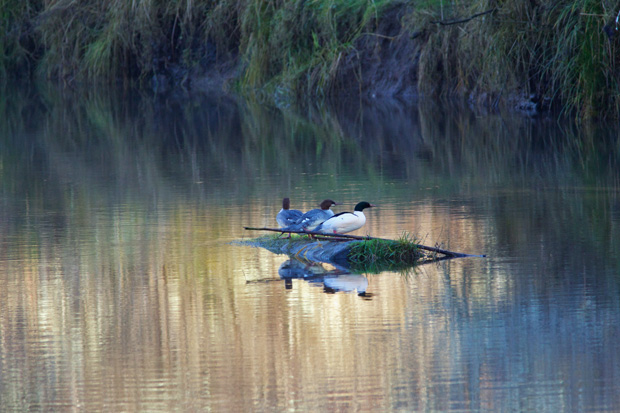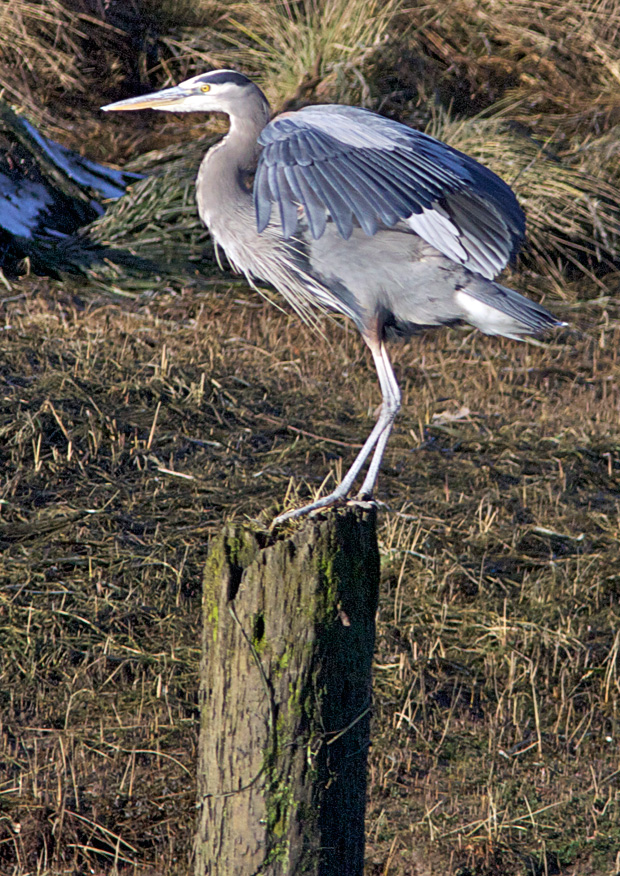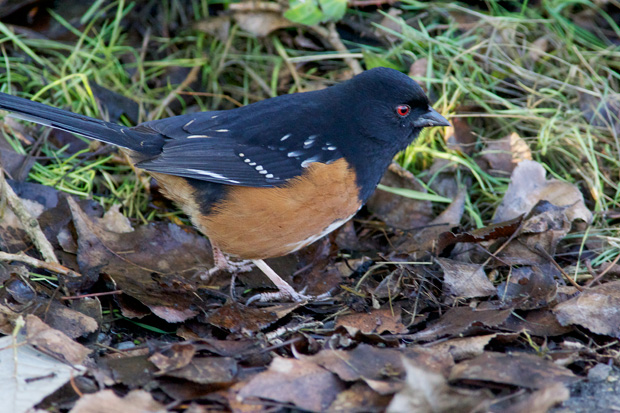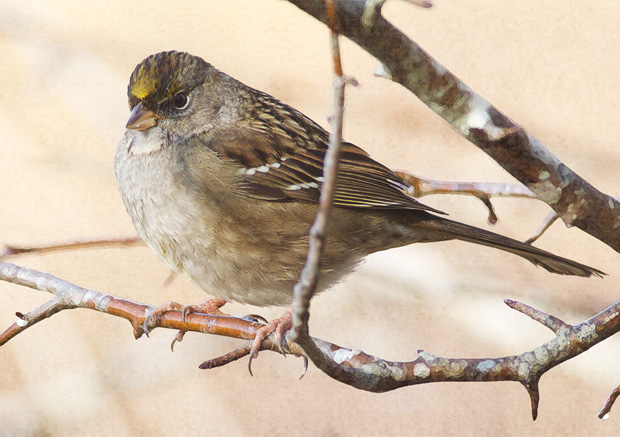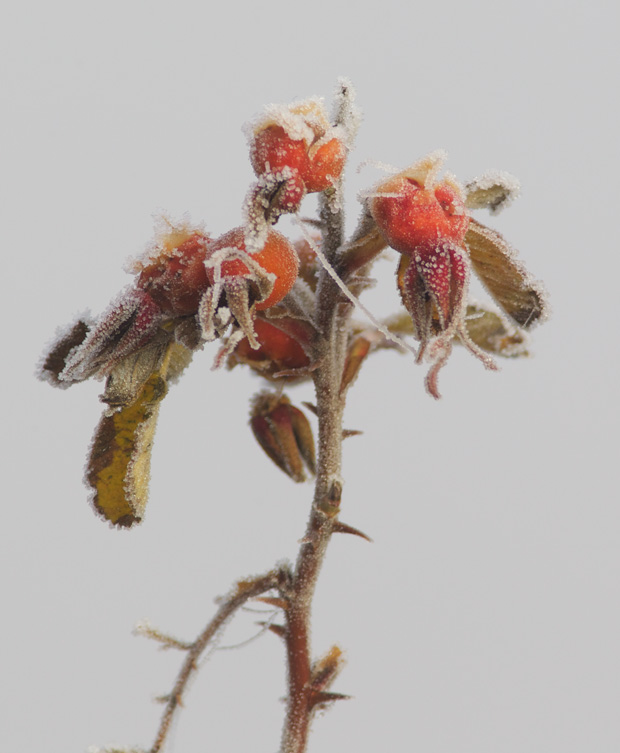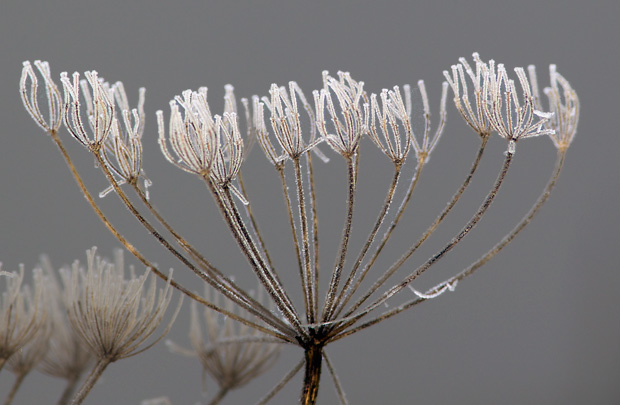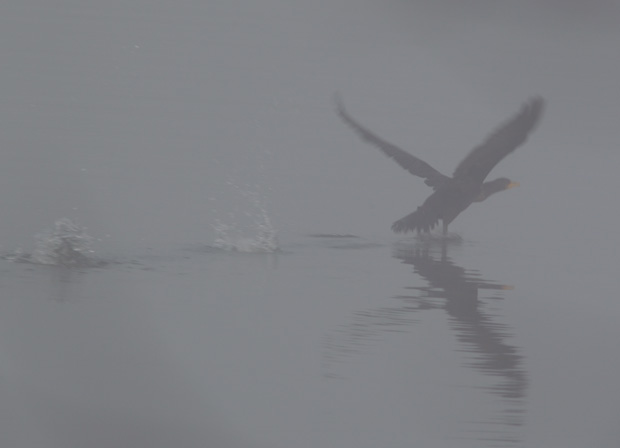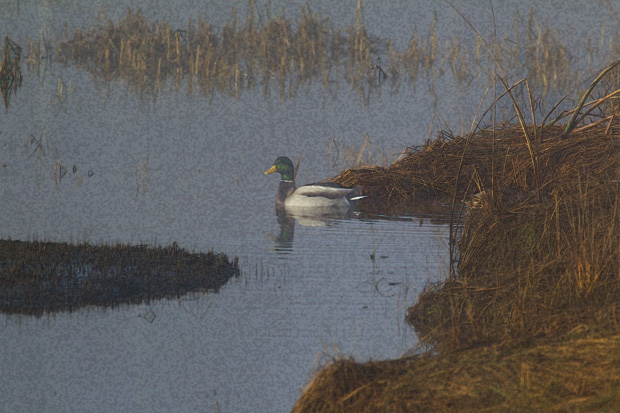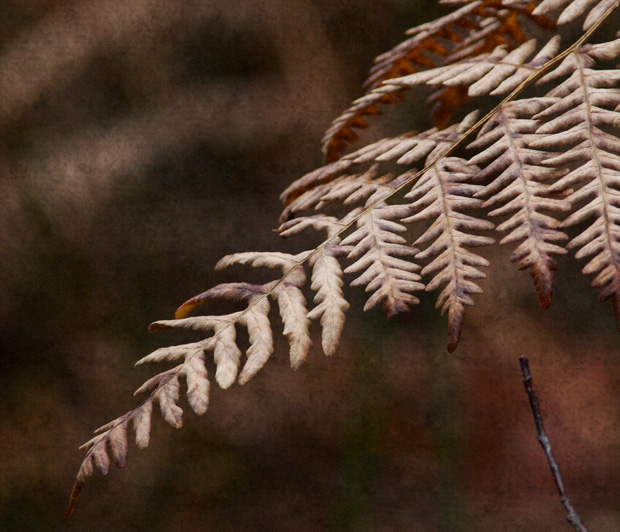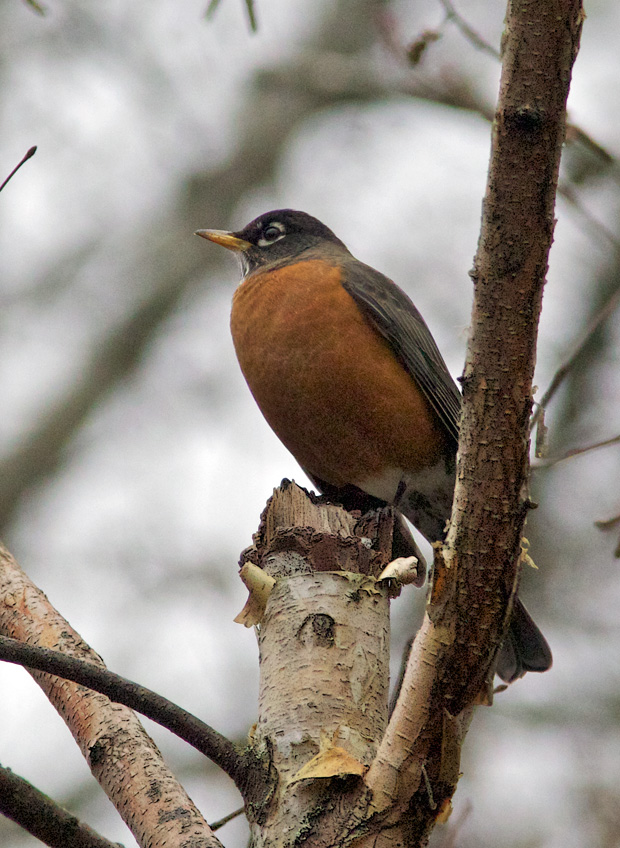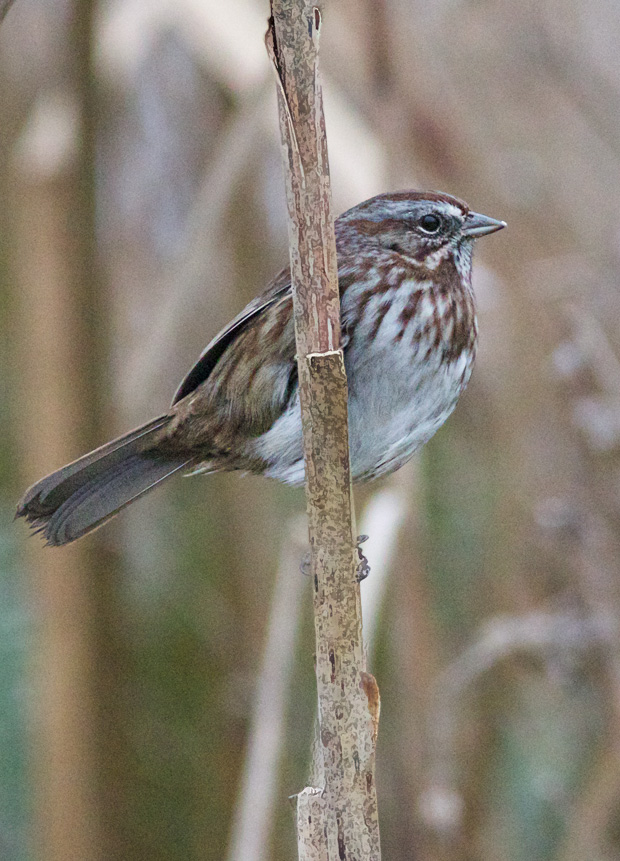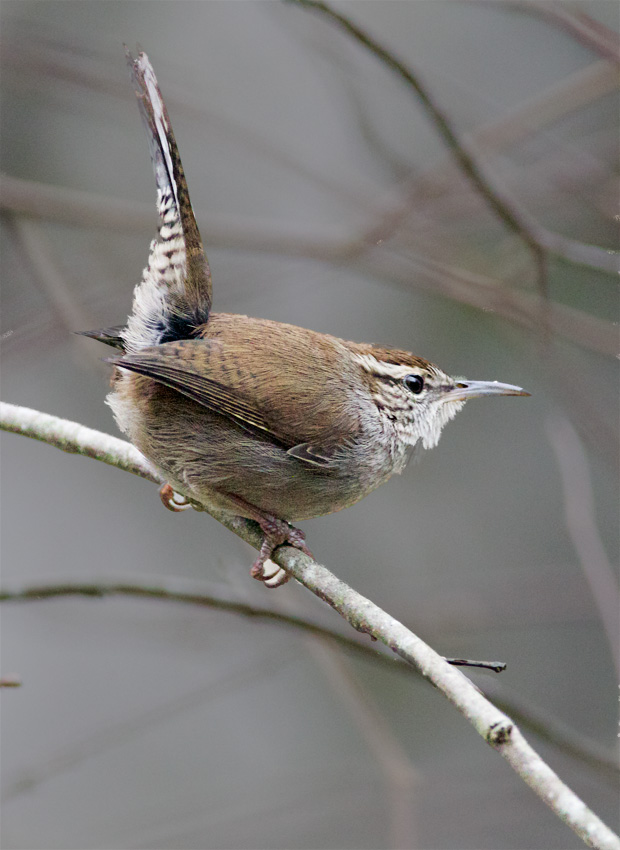Although I still miss Vancouver, Washington, and the Columbia River where I spent all my working life, I do love being back to the Puget Sound where I was raised. I don’t think I ever consciously thought about birds as a kid, but I realize now that Puget Sound attracts large number of birds in the winter, particularly grebes and Sea Ducks.
It is nearly impossible to walk along Ruston Way without seeing Horned Grebes.
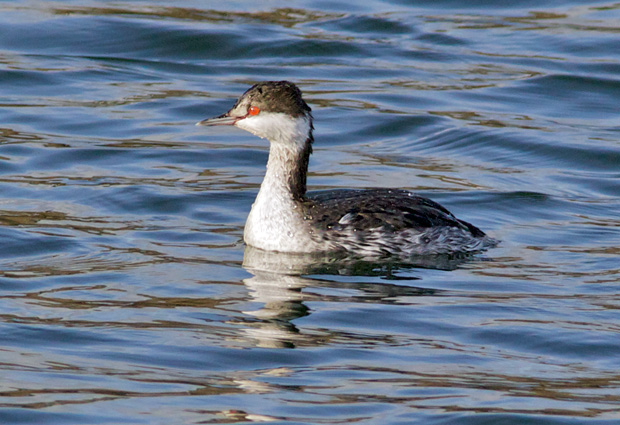
The most common duck, though, is the Goldeneye, both the Common Goldeneye and the Barrow’s Goldeneye. So far this year I’ve seen far more Barrow’s Goldeneye than I have Common Goldeneye.
Although I sometimes have a hard time telling the two species when I haven’t seen them for nearly nine months, I do think the Barrow’s, at least the male, with its chevrons is the more striking of the two:
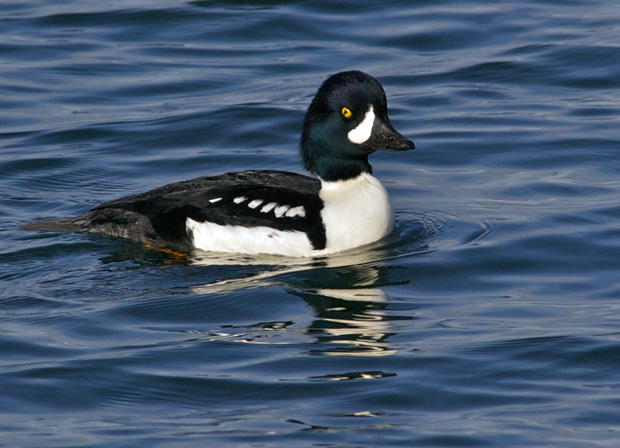
I would be hard pressed to tell the difference between the female of the two species, but that doesn’t stop me from admiring their ability to dive instantly.
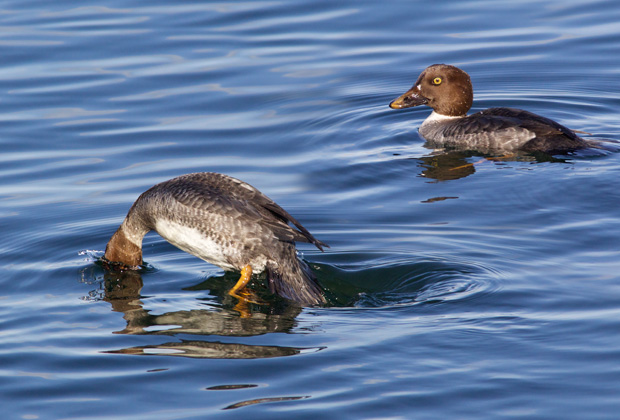
Their back legs seem further back than on most ducks which must help them dive and swim underwater. This seems to be a characteristic of Sea Ducks. I’ve never seen them on land, but I’m curious how well they would walk. What I’d really like to do is take pictures of them swimming underwater to see what they’re eating. Unfortunately, that would require learning scuba diving, and I’m afraid that’ll have to wait for my next lifetime.
Generally I’ve shown them in profile since their “racing stripes” are their most distinctive feature, but the male looks particularly intimidating from the front:
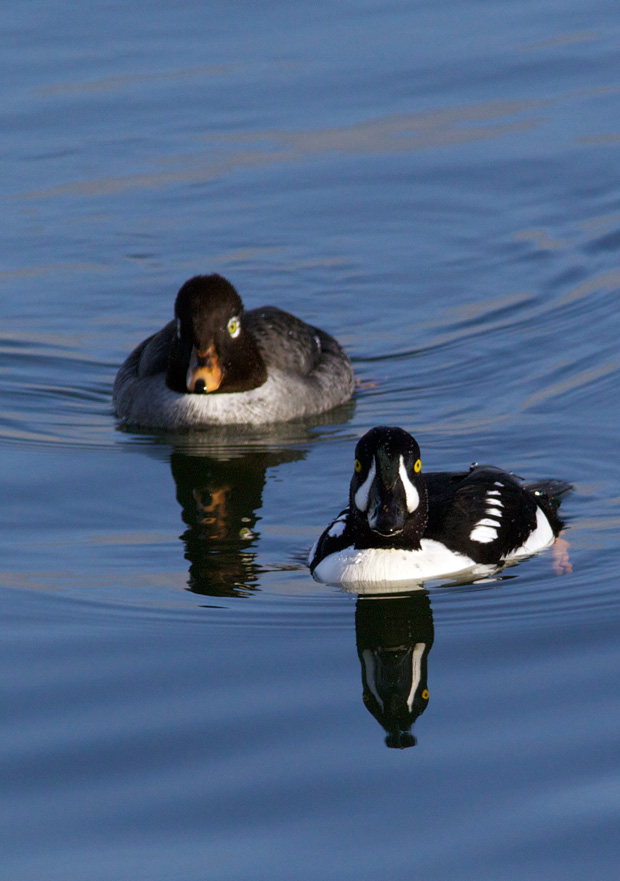
This is a hard time of year to identify the birds because the young drakes are in the process of changing to breeding colors. I might have identified the duck on the left as a female if he weren’t head bobbing, a male mating behavior, which would make better sense if there had been a female around.
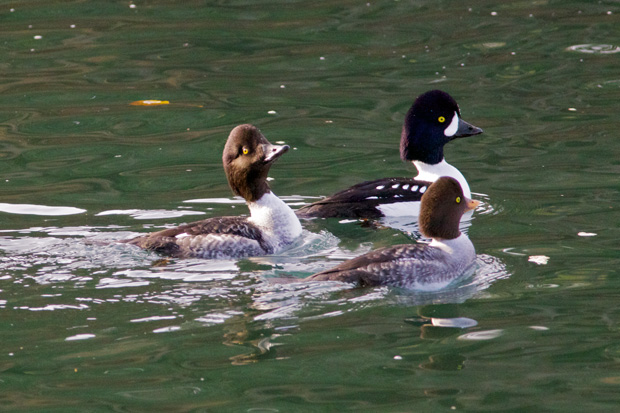
Originally drawn to these birds for purely photographic reasons, the more I see them the more I want to know about them — which is how I ended up at the Sea Duck Joint Venture organization site,and several other places on the web, including one in Scotland.

